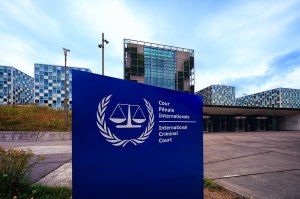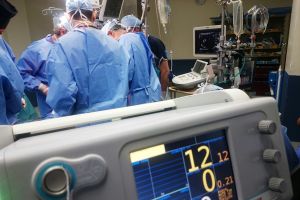Japan Tsunami 2011 Caused by Two Massive Waves Merging
NASA and Ohio State University researchers have discovered that the massive tsunami that hit Japan earlier this year was caused by two merging wave fronts.
Data from NASA and European radar satellites captured that day show that the two fronts came together to form a single wave that was twice as high, far out in the ocean. The merging fronts were generated by the Tohoku-Oki earthquake that struck the eastern coast of Japan on the same day, which registered at 9.0 on the Richter Scale.
The merging of the two waves enabled the massive tsunami to travel long distances without losing its force. Ocean ridges and undersea mountain chains helped to push the waves together in certain directions after the tsunami was triggered.
With the discovery, scientists are hopeful they will be able to improve tsunami forecasts, as the new information helps explain how tsunamis can cross ocean basins to cause devastation in one area, yet leave another completely unharmed.
"We can use what we learned to make better forecasts of tsunami danger in specific coastal regions anywhere in the world, depending on the location and the mechanism of an undersea quake," said Professor C.K. Shum of Ohio State University in Columbus said in a statement.
Y. Tony Song, a research scientist of NASA's Jet Propulsion Laboratory in Pasadena, Calif., said that researchers have suspected for decades that a merging tsunami was responsible for the 1960 Chilean tsunami that killed around 200 people in Japan and Hawaii, but no one had observed one until now.
"It was like looking for a ghost," he said. "A NASA-French Space Agency satellite altimeter happened to be in the right place at the right time to capture the double wave and verify its existence."
The tsunami struck the coastal cities of northern Japan on Mar. 11, killing at least 1,000 people and causing numerous nuclear meltdowns at nearby power plants. The triggering Tohoku-Oki earthquake was the most powerful to have ever hit Japan, and it was the fifth most powerful earthquake in the world since modern recording began in 1900.





























